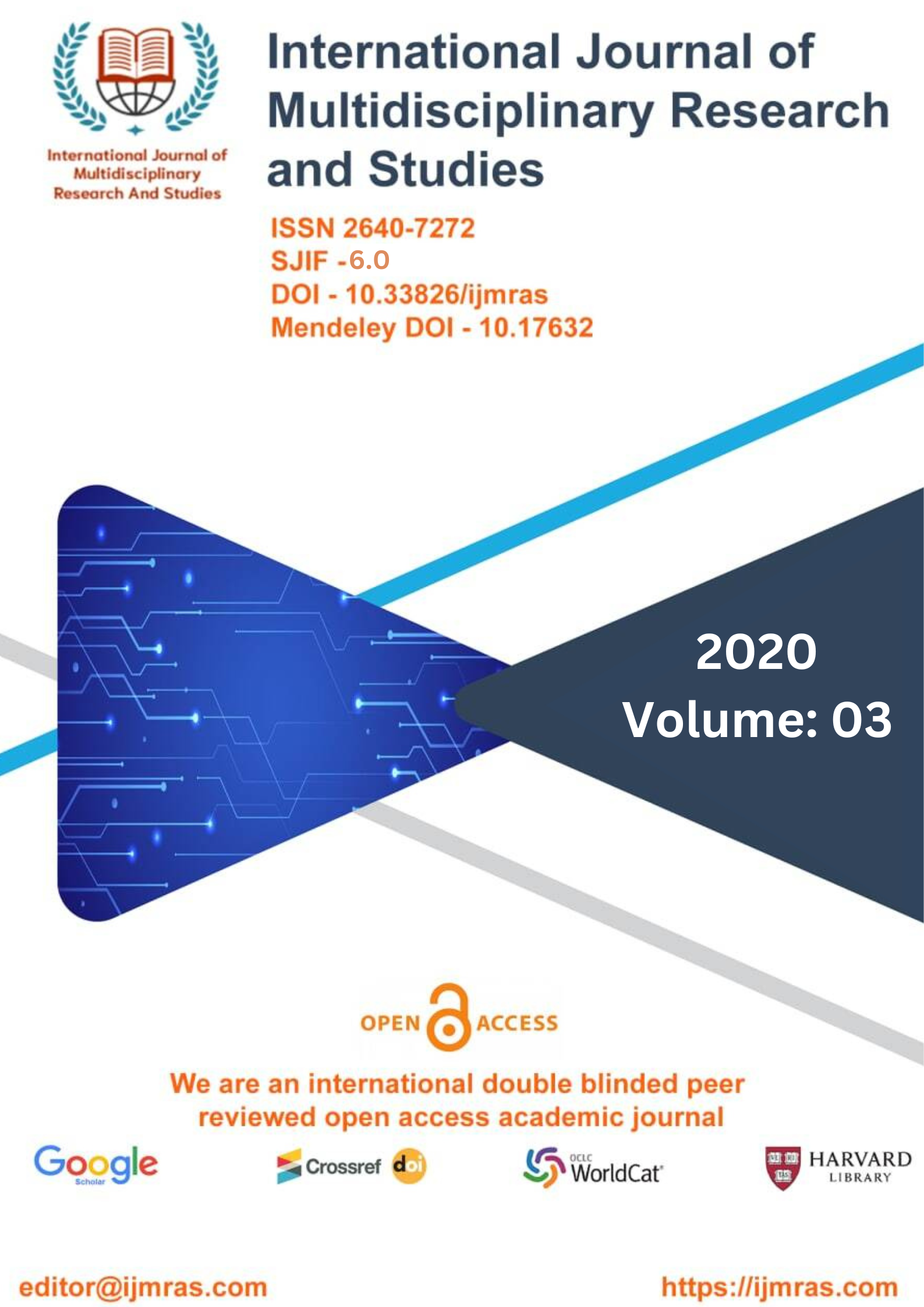MAMMALS FEATURES, STRUCTURE, COMPARATIVE ANATOMICAL ANALYSIS ON THE EXAMPLE OF TWO REPRENTATIVES

Abstract
Wildlife plays an important role in preserving the ecological balance of nature. The wildlife presence affects the character of its habitat by frequently supporting the evolutionary adaptations of everything in its environment. The quality of the environment can also be assessed by the presence of wildlife. Wildlife serves as a rich resource of food and livelihood in various developing countries. The various plant species in the wild are also useful for the preparation of traditional medicine as well as the presence of wildlife opens the possibility of a thriving tourism industry. Various national parks around the world are developed where people can have an easy look of natural habitat of wild animals and also they have massive incomes every year. Preserving animals’ in their natural habitats is one of the most effective ways to protect wildlife. Animals face fears to their habitats, including farming, development and deforestation. Habitat destruction can cause species extinction, and the preservation of natural land is one of the key ways to protect wildlife from destruction. Government ever year make a concentrated effort to protect animals and habitats. But due to various illegal activity specially poaching of animal’s parts and skin as well as due to reduce in the habitat there is continuous reduction of wildlife population. For these purpose a new field “Wildlife Forensics
Keywords
wildlife, national, animalsHow to Cite
References
Rieger, R. M., Tyler, S., Smith, J. P. S., and G. E. Rieger (1991): Platyhelrninthes:
Turbellaria. In: Harrison, F. W. (Ed.): Microscopic Anatomy of Invertebrates, vol. 3, pp. 7-140. Wiley-Liss, New York.
Rohde, K. (1994): The origins of parasitism in the Platyhelminthes. International
Journal for Parasitology 24: 1099-1115.
Rohde, K., Johnson, A. M., Baverstock, P. R., and N. A. Watson (1995): Aspects of the phylogeny of the platyhelminthes based on 18s ribosomal DNA and protonephridial ultrastructure. Hydrobiologia 305: 27-35.
Schockaert, E. R., and C. Bedini (1977): Observations on the ultrastructure of the proboscis epithelia in PolycystisnaegeliiKoelliker (Turbellaria: Eukalyptorhynchia) and some associated structures. Acta Zool. Fennica 154: 175-191.
Smith, J. P. S., and L. Bush (1991): Convoluta pulchra n. sp. (Turbellaria: Acoela) from the East Coast of North America. Trans. Am. Microsc. Soc. 110 (1): 12-26
Sopott-Ehlers, B. (1984): Epidermale Collar-rezeptoren der Nematoplanidae und Polystyliphoridae (Platyhelminthes, Unguiphora). Zoomorphology 104: 226-230.
Sterrer, W. (1971): Gnathostomulida: problems and procedures. In: Hulings, N. C. (Ed.): Proceedings of the First International Conference on Meiofauna. pp. 9-15. Smithsonian Contributions to Zoology 76. Smithsonian Inst. Press, Washington, D. C.
Syromjatnikova, I. P. (1949): [A new turbellarian parasitizing fish, Ichthyophagasubcutaneanov. gen. nov. sp.]. (In Russian). DokladyAcademiiNauk SSSR, 68:805-808.
Tyler, S. (1 984): Turbellarian Platyhelminthes. In: Bereiter-Hahn, J., Matoltsy, A. G., and K. S. Richards (Eds.): Biology of the Integument I. Invertebrates, Chapter 10, Springer-Verlag. Berlin, Heidelberg, New York, Tokyo.
Tyler, S. (1999): Platyhelminthes. In: Encyclopedia of Reproduction. Vo1.3.: Academic Press. pp. 90 1-908.
Watson, N. A., and K. Rohde (1993b): Ultrastructure of sperm and spermiogenesis of Kronborgiaisopodicola (Platyhelminthes, Fecampiidae). Int. J. Parasitol. 23: 737-744.
Watson, N. A., and K. Rohde (1995): Sperm and Spermiogenesis of the "Turbellaria" and Implications for the Phylogeny of the Phylum Platyhelminthes. In: Jamieson, B. G. M., Ausio J. and J.-L. Justine (Eds.), Advances in Spermatozoa1 Phylogeny, Mem. Mus. Natn. Hist. Nat. 166: 37-54.
Watson, N. A., and J. P. L'Hardy (1995): Origin of the uniflagellate spermatozoon of Baltoplana magna (Platyhelminthes, Kalyptorhynchia). Invertebrate Reproduction and Development, 28: 185-192.
Watson, N. A., and E. R. Schockaert (1996): Spermiogenesis and sperm ultrastructure in Thylacorhynchusambronensis. Invertebrate Biology 115 (4): 263 -272.
Xylander, W. E. R. (1989): Ultrastructural studies on the reproductive system of Gyrocotylidea and Amphilinidea (Cestoda): spermatogenesis; spermatozoa; testes and vas deferens of Gyrocotyle. International Journal for Parasitology 19: 897-905.
License
Copyright (c) 2020 JAI PRAKASH SHARMA

This work is licensed under a Creative Commons Attribution 4.0 International License.
Individual articles are published Open Access under the Creative Commons Licence: CC-BY 4.0.



